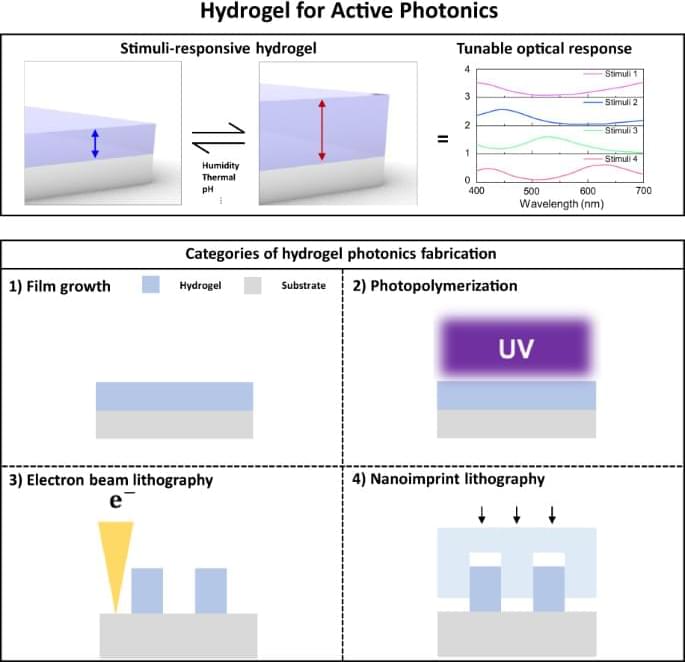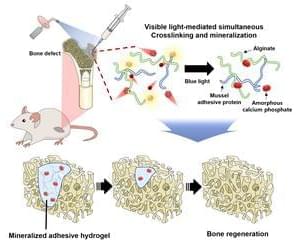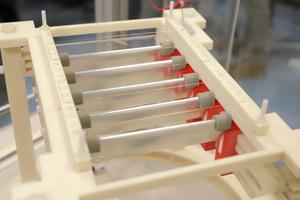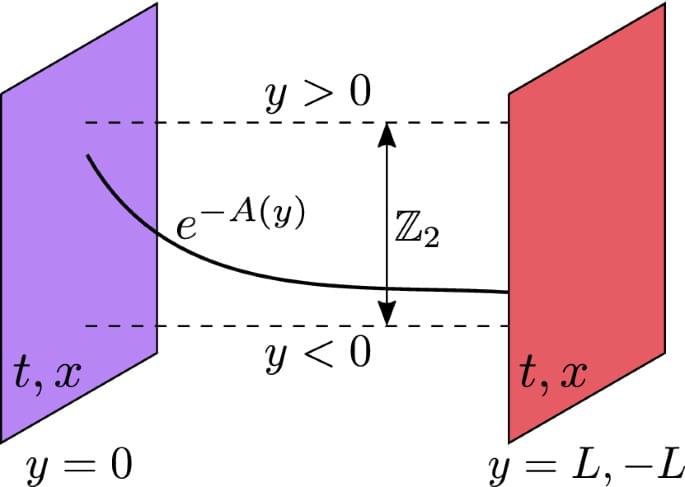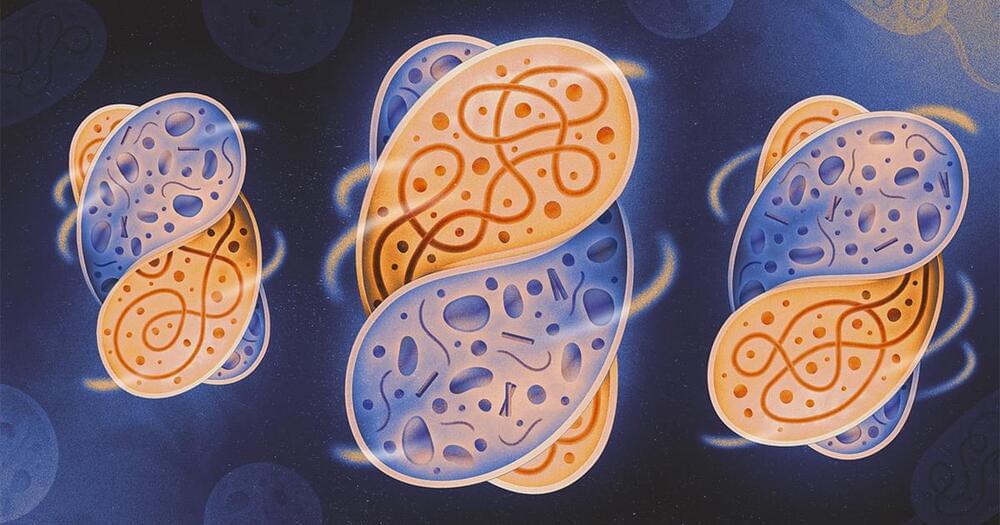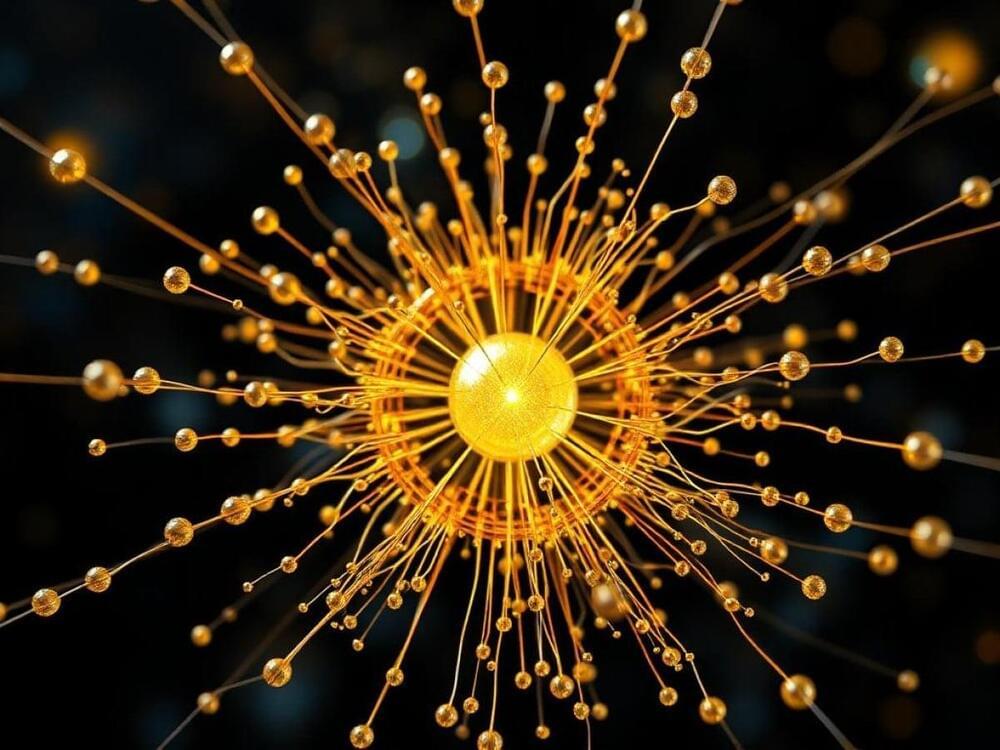DARPA seeks to revolutionize the practice of anti-money laundering through its A3ML program. A3ML aims to develop algorithms to sift through financial transactions graphs for suspicious patterns, learn new patterns to anticipate future activities, and develop techniques to represent patterns of illicit financial behavior in a concise, machine-readable format that is also easily understood by human analysts. The program’s success hinges on algorithms’ ability to learn a precise representation of how bad actors move money around the world without sharing sensitive data.
DARPA wants to eliminate global money laundering by replacing the current manual, reactive, and expensive analytic practices with agile, algorithmic methods.
Money laundering directly harms American citizens and global interests. Half of North Korea’s nuclear program is funded by laundered funds, according to statements by the White House1, while a federal indictment alleges that money launderers tied to Chinese underground banking are a primary source of financial services for Mexico’s Sinaloa cartel 2.
Despite recent anti-money laundering efforts, the United States (U.S.) still faces challenges in countering money laundering effectively for several reasons. According to Congressional research, money laundering schemes often evade detection and disruption, as anti-money laundering (AML) efforts today rely on manual analysis of large amounts of data and are limited by finite resources and human cognitive processing speed3.

